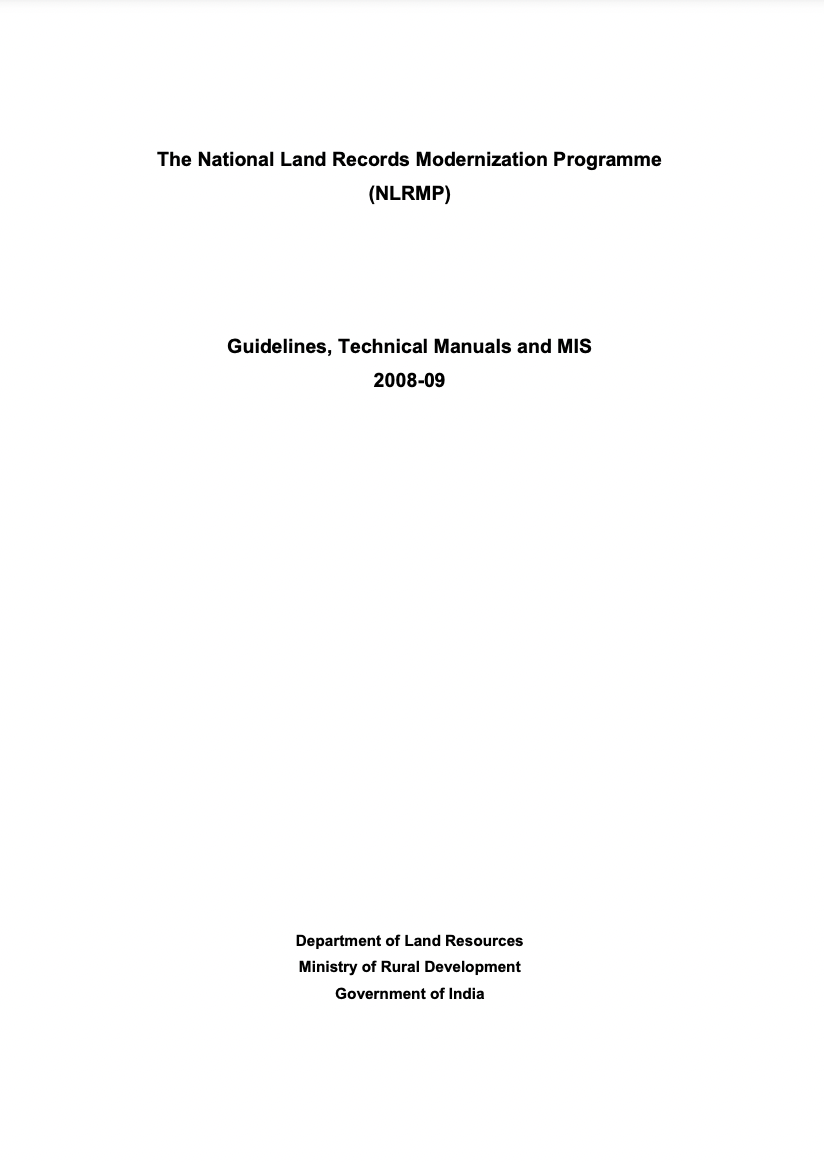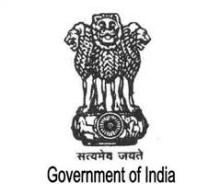Resource information
For modernization of land records system in the country, a modified programme, viz., the National Land Records Modernization Programme (NLRMP) has been formulated by merging two Centrally-sponsored schemes of Computerization of Land Records (CLR) and Strengthening of Revenue Administration and Updating of Land Records (SRA&ULR). The NLRMP was approved by the Cabinet on 21.08.2008.
The programme has been rolled out with a technical workshop conducted on 24th – 25th September, 2008 in New Delhi which was attended by the officers from the Revenue and Registration Departments of the States. The ultimate goal of the NLRMP is to usher in the conclusive titling system with title guarantee, to replace the current presumptive title system in the country.
Detailed Guidelines and Technical Manual are enclosed for better implementation of the NLRMP. The Technical Manuals have been prepared after obtaining inputs from the leading technical agencies as well as from the field experience of States which have done commendable work in specific areas of the programme.
These Guidelines comprise three parts - Part-A The Guidelines, Part-B The Technical Manuals and Part-C The MIS. Part A & B have been prepared and are being issued herewith. Part C is being finalized and will be issued separately. The views/policy framework regarding open sources and open standards prepared by the Department of Information Technology, Government of India, are being circulated separately.


